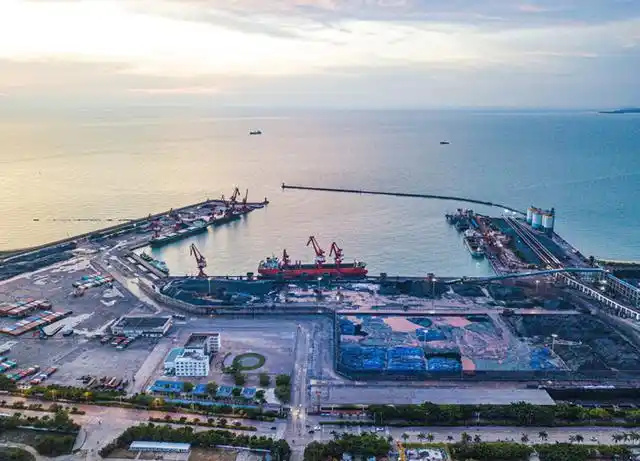As the Hainan Free Trade Port gears up for its island-wide customs closure on December 18, 2025, the working shoes including Goodyear Welt leather shoes industry is poised to unlock unprecedented growth opportunities. This landmark policy, designed to create a “within the territory but outside the customs” (onshore but offshore) economic zone, introduces tariff exemptions, streamlined customs procedures, and enhanced market access, reshaping the global supply chain dynamics for protective gear.

Tariff Benefits and Cost Efficiency
Under the new regime, 74% of tariff categories (approximately 6,600 items) will enjoy zero tariffs at the “first line” (Hainan’s border with the world). For safety footwear manufacturers, this means duty-free imports of raw materials like high-strength fibers and anti-puncture steel plates, reducing production costs by up to 30%. Additionally, goods processed in Hainan with 30% local value-added qualify for tariff-free entry into mainland China via the “second line”. This incentivizes enterprises to establish R&D and production hubs in Hainan, such as integrating smart sensors for real-time safety monitoring-a feature increasingly demanded by industries like construction and logistics.
Booming Demand from Strategic Industries
Hainan’s rapid industrialization, driven by foreign investment (9,979 foreign-funded enterprises by 2024, 77.3% established post-2020), is fueling demand for safety footwear. The construction sector alone is projected to require 52 million pairs of safety work boots annually by 2030, while logistics and electronics industries seek anti-static and lightweight designs. Multinational companies, attracted by Hainan’s open business environment and 85-country visa-free policy, are prioritizing suppliers compliant with international standards like EN 345, aligning with China’s upgraded safety regulations (effective July 2026).
Global Reach and Sustainable Innovation
Hainan’s 48-hour global logistics network, combined with its status as a cross-border e-commerce hub, enables seamless exports to Southeast Asia and the Middle East. For instance, Australian-owned AussieSafe Boots recently launched a Hainan-based facility, leveraging the port’s bonded maintenance policies to service clients across Asia. Meanwhile, local manufacturers are embracing sustainability: Hainan GoldMax uses recycled materials and solar-powered production, achieving a 50% reduction in carbon footprint.
Conclusion: A New Era for Safety Footwear
The customs closure positions Hainan as a strategic pivot for safety footwear innovation and trade. With tariff advantages, scalable production ecosystems, and access to 1.4 billion consumers in mainland China, businesses are urged to explore partnerships or establish operations in the FTP. As the countdown to December 18 begins, the industry stands at the threshold of a transformative era-where safety, efficiency, and global connectivity converge.
Post time: Jul-28-2025





